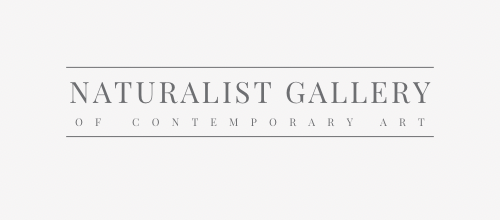Art conservation plays a vital role in preserving the world's cultural heritage.
Art conservation is the preservation of art through examination, documentation, treatment, and preventive measures. It safeguards art and objects, ensuring their longevity and continued appreciation for posterity.
This article delves into the fundamental aspects of art conservation, covering its key principles: Examination, Documentation, Treatment, and Prevention. We explore the significance of preserving art and objects of cultural importance and how art conservation experts work tirelessly to ensure their longevity and continued appreciation.
Explore our curated selection of contemporary artists from around the globe.
Naturalist Gallery offers artist representation internationally. Apply your art.
-

Examination: The conservation process begins with a thorough examination of each artwork by skilled conservators. Their expertise in art history and artistic techniques helps them understand the artwork's origins, creation process, and current condition. This examination provides crucial insights to guide subsequent preservation efforts. -

Documentation: Meticulous documentation is an essential part of art conservation. Conservators use photodocumentation and detailed condition and treatment reports for each artwork. This documentation becomes part of the artwork's permanent record, aiding in future assessments and restoration processes. -

Treatment: Conservation treatments are undertaken to repair, stabilize, or preserve artworks. Modern conservation practices prioritize preserving the original object and the creator's intent, using stable and reversible techniques. The conservation work must be visually integrated with the artwork, yet distinguishable to a trained eye. -

Preventive Conservation: Preventive conservation focuses on mitigating the ten agents of deterioration that can harm art and cultural objects. These agents include fire, water, physical forces, temperature fluctuations, humidity, pests, thieves, dissociation, light, and pollutants. Conservation efforts involve environmental monitoring, integrated pest management, security measures, proper storage and display, disaster response planning, and safe handling techniques.
The Role of Conservators: Conservators are specialized professionals who contribute significantly to art preservation. They work with diverse art forms, ranging from ancient artifacts to contemporary masterpieces. Each conservator may specialize in different areas such as structural treatment of paintings, treatment of modern art, or conservation of specific materials.
Conservation Studios: Conservators carry out their work in well-equipped studios, specifically designed for art preservation. These studios offer optimal conditions, including northern light exposure, to ensure the most accurate and delicate treatment of artworks. X-ray equipment is commonly used to examine paintings, revealing hidden layers and the artist's process.
Restoration and Preservation: Conservation treatments may also involve restoration, which includes carefully incorporating replacement parts and finishes to maintain the artwork's visual integrity. Preservation complements conservation efforts by preventing damage and deterioration through thoughtful display, storage, and environmental control.
View limited edition prints by contemporary artists at Naturalist Gallery.
Art conservation is an invaluable field dedicated to safeguarding our cultural heritage for future generations. By combining examination, documentation, treatment, and preventive measures, conservators work diligently to preserve art's historical and artistic significance. Their expertise ensures that these treasures continue to inspire and captivate audiences for years to come.
You may also find the following articles helpful:
How to Become an Art Collector
Art Consultants in the Contemporary Art World
Fine Art Appraisal: Expert Pricing of Your Artwork
How to Sell Art on Consignment: 12 Tips for New Sellers
Art Licensing: Passive Income for Artists
The Art Advisor's Guide: Navigating the Art Market
How Art Agents Work with Contemporary Artists
The Art Dealer's Role: Driving Art Sales




